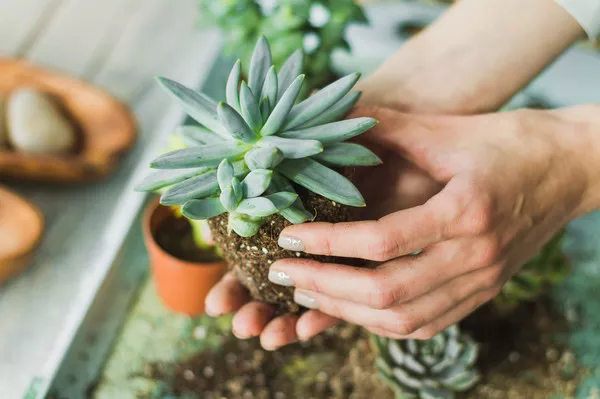When it comes to plants that have captured the fascination of gardeners and collectors alike, cacti and succulents are often found at the top of the list. While both belong to the same family of plants, there are significant differences between them that set them apart. In this article, we will delve into the unique characteristics of cacti and succulents, exploring their distinctions in terms of physical attributes, growth habits, and care requirements.
Physical Attributes
Cacti and succulents share a common characteristic in that they both possess the ability to store water in their leaves, stems, or roots, making them well-adapted to arid environments. However, there are noticeable differences in their physical features that help differentiate one from the other.
Cacti are known for their distinct appearance, typically characterized by spines or thorns. These spines serve several purposes, including protection from predators and reducing water loss through transpiration. The presence of spines allows cacti to thrive in harsh desert conditions. Additionally, cacti often have a more rigid and columnar structure, with stems that are modified into pads or segmented branches.
On the other hand, succulents encompass a broader range of plant species with diverse physical traits. While some succulents may also have spines, they are not as prominent or widespread as those found on cacti. Succulents often exhibit fleshy leaves or stems that store water. The leaves of succulents are usually thick and plump, designed to retain moisture during periods of drought. This adaptability enables succulents to flourish in various climates, including deserts, forests, and even coastal regions.
Growth Habits
The growth habits of cacti and succulents differ significantly, offering distinct visual and structural characteristics.
Cacti often grow in a more upright manner, with their stems or trunks reaching towards the sky. This growth habit allows cacti to maximize their exposure to sunlight and minimize the surface area exposed to intense heat. Cacti are renowned for their slow growth rate, often taking years or even decades to reach maturity. Some species produce vibrant, showy flowers, usually blooming for short periods of time, often during specific seasons or triggered by environmental factors such as rainfall.
Succulents, on the other hand, exhibit a wide range of growth habits. Some succulents grow low to the ground, forming dense mats, while others develop as sprawling vines or cascading rosettes. Many succulent species produce offsets or “pups,” which are small plants that sprout from the base of the parent plant. This characteristic allows succulents to propagate easily, creating clusters or colonies of plants over time. Additionally, succulents are known for their diverse array of flower forms, colors, and fragrances, attracting pollinators such as bees, butterflies, and hummingbirds.
Care Requirements
Understanding the care requirements of cacti and succulents is crucial for their successful cultivation. While they share some similarities, it is important to consider their individual needs.
Cacti thrive in bright sunlight and require at least six hours of direct sunlight per day. They prefer well-draining soil mixtures that mimic their native desert conditions. Overwatering is a common mistake that can lead to root rot and other issues, so it is important to allow the soil to dry out completely between watering sessions. During the active growing season, typically spring and summer, cacti benefit from regular fertilization with a balanced, diluted fertilizer. However, during the dormant period, usually fall and winter, cacti require minimal watering and no fertilization.
Succulents, on the other hand, exhibit a wider range of light requirements. While most succulents appreciate bright light, some species can tolerate partial shade. It is essential to observe the specific light preferences of each succulent variety and provide suitable conditions accordingly. Succulents require watering when the soil is dry, but they are generally more forgiving when it comes to overwatering compared to cacti. However, proper drainage is still crucial to prevent root rot. Fertilizing succulents during their active growth periods can promote healthy development, but it is important to follow the recommended dosage and frequency specified for each species.
Conclusion
While cacti and succulents share some similarities as drought-tolerant plants that store water in their leaves, stems, or roots, they possess distinct characteristics that differentiate them. Understanding these differences is essential for selecting the right plants, creating visually appealing displays, and providing appropriate care. By appreciating the unique attributes of cacti and succulents, gardeners can embrace the diversity of these fascinating plants and enjoy their beauty in various landscapes and indoor settings.


